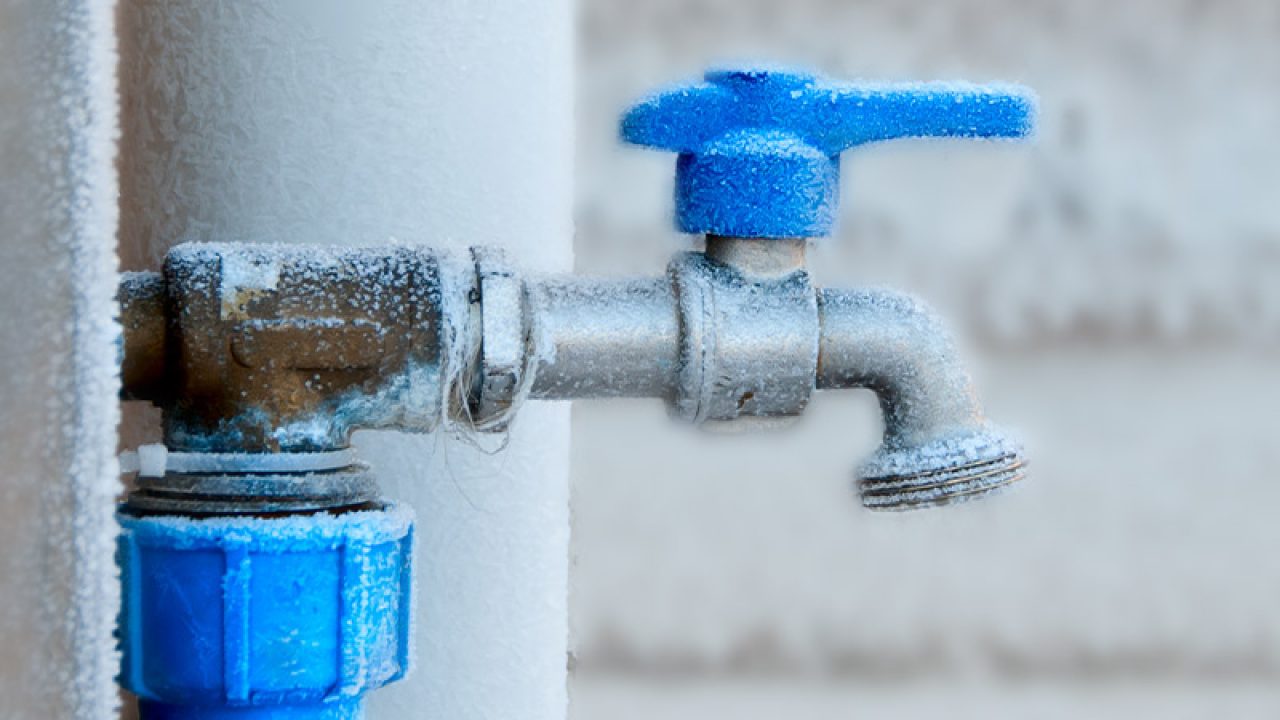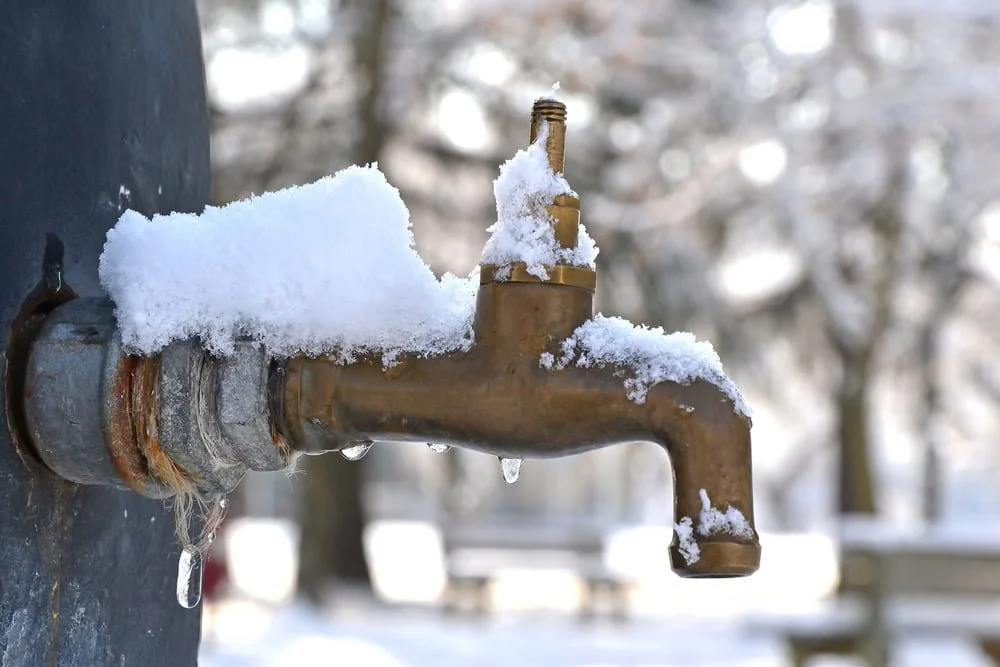Presented here below you can discover a good deal of decent material on the subject of Preventing and dealing with frozen pipes.

Cold weather can damage your pipes, specifically by freezing pipelines. Here's how to stop it from happening and what to do if it does.
Intro
As temperature levels decrease, the risk of icy pipelines rises, possibly leading to pricey fixings and water damage. Recognizing exactly how to prevent icy pipelines is essential for homeowners in chilly environments.
Avoidance Tips
Protecting vulnerable pipes
Wrap pipelines in insulation sleeves or utilize heat tape to safeguard them from freezing temperatures. Focus on pipelines in unheated or external locations of the home.
Home heating strategies
Maintain indoor rooms properly heated up, especially areas with pipes. Open closet doors to permit cozy air to flow around pipes under sinks.
Exactly how to identify icy pipes
Search for decreased water circulation from faucets, unusual smells or noises from pipes, and visible frost on revealed pipes.
Long-Term Solutions
Architectural changes
Think about rerouting pipelines far from exterior wall surfaces or unheated areas. Include added insulation to attic rooms, basements, and crawl spaces.
Updating insulation
Purchase top quality insulation for pipes, attics, and wall surfaces. Appropriate insulation helps preserve constant temperatures and decreases the danger of icy pipes.
Shielding Outdoor Plumbing
Yard hoses and outdoor taps
Separate and drain garden tubes before wintertime. Set up frost-proof spigots or cover outdoor faucets with shielded caps.
Understanding Frozen Pipes
What triggers pipelines to ice up?
Pipes freeze when subjected to temperatures listed below 32 ° F (0 ° C) for prolonged durations. As water inside the pipes freezes, it increases, putting pressure on the pipeline wall surfaces and potentially causing them to burst.
Dangers and problems
Frozen pipes can result in water system disruptions, home damage, and costly fixings. Burst pipelines can flooding homes and cause comprehensive structural damage.
Signs of Frozen Pipes
Recognizing frozen pipes early can prevent them from bursting.
What to Do If Your Pipelines Freeze
Immediate actions to take
If you suspect frozen pipes, keep faucets available to soothe stress as the ice thaws. Utilize a hairdryer or towels soaked in hot water to thaw pipelines gradually.
Conclusion
Avoiding frozen pipes calls for positive procedures and quick reactions. By recognizing the causes, indications, and safety nets, homeowners can safeguard their pipes during cold weather.
6 Proven Ways to Prevent Frozen Pipes and Protect Your Home
Disconnect and Drain Garden Hoses
Before winter arrives, start by disconnecting your garden hoses and draining any remaining water. Close the shut-off valves that supply outdoor hose bibs and leave the outdoor faucet open to allow any residual water to drain. For extra protection, consider using faucet covers throughout the colder months. It’s also important to drain water from any sprinkler supply lines following the manufacturer’s directions.
Insulate Exposed Pipes
Insulating your pipes is an effective way to prevent freezing. Pipe insulation is readily available at home improvement stores and is relatively inexpensive. Pay close attention to pipes in unheated areas such as the attic, basement, crawl spaces, or garage. Apply foam insulation generously to create a buffer against the cold. You can also wrap your pipes in heat tape or thermostat-controlled heat cables for added warmth.
Seal Air Leaks
Inspect your home for any cracks or openings that could let in cold air. Seal any holes around the piping in interior or exterior walls, as well as the sill plates where your home rests on its foundation. Additionally, make sure to keep your garage door closed unless you’re entering or exiting. Leaving it open creates a significant air leak that can lead to frozen pipes.
Allow Warm Air Circulation
During cold snaps, it’s essential to allow warm air to circulate evenly throughout your home. Leave interior doors ajar to promote better airflow. Open kitchen and bathroom cabinets to help distribute heat consistently around the rooms. If you have small children or pets, be sure to remove any household chemicals or potentially harmful cleaners from open cabinets for safety.
Let Faucets Drip
A small trickle of water can make a big difference in preventing ice formation inside your pipes. When temperatures drop significantly, start a drip of water from all faucets served by exposed pipes. This continuous flow helps prevent the water from freezing. Additionally, running a few faucets slightly can relieve pressure inside the pipes, reducing the chances of a rupture if the water inside does freeze.
https://choateshvac.com/6-proven-ways-to-prevent-frozen-pipes-and-protect-your-home/

We had been guided to that report on How to Prevent Your Pipes From Freezing through someone on another website. Enjoyed reading our blog entry? Please quickly share it. Help another person locate it. I truly appreciate reading our article about Preventing and dealing with frozen pipes.
Quote